Nearly five months have passed since Donald Trump returned to the White House, promising to swiftly end the war in Ukraine. Yet the fighting continues unabated. Despite Trump’s decision to rule out NATO membership for Ukraine and withdraw security guarantees, Vladimir Putin has not made a single move toward a ceasefire.
It seems paradoxical. The war is now in its fourth year, and Moscow's objectives remain unmet. Russian losses are staggering—since the start of 2025, some estimates suggest up to 200,000 troops have been killed or wounded. Meanwhile, Ukraine continues to demonstrate strategic capabilities, striking targets deep inside Russia and, most recently, hitting long-range bombers on June 1. These actions challenge the notion that Kyiv’s defeat is imminent.
Trump’s proposals—a ceasefire, partial sanctions relief, and the prospect of normalized ties with the U.S.—could offer the Kremlin a reprieve and a way to save face. Yet Russia has instead intensified its offensive: launching massive strikes on cities, advancing in Donetsk region, fighting for Sumy, and pushing toward the city of Dnipro.
For close observers of the conflict, the Kremlin’s hard line is no surprise. It merely confirms that for Putin, the war is not just a military operation but a political wager he is unwilling to abandon—even in the face of attractive offers.
Distorted Expectations
Russia’s full-scale invasion, initially conceived as a swift operation, has long since devolved into a grinding war of attrition. In such conflicts, both sides must eventually align their objectives with reality—but the longer a war drags on, the harder that becomes. The aggressor is no longer fighting for victory so much as for the chance to avoid the humiliating admission of failure.
The war in Ukraine has become existential for the Kremlin. In September 2022, when it became clear the offensive had stalled, Putin escalated: he announced mobilization and the annexation of four regions—despite Russia lacking full control over them. This move only complicated the prospects for peace, as Moscow now demands recognition of territories it has failed to capture.
Trump, for his part, made the same mistake Putin did at the start of the war: he underestimated the conflict. In January 2025, he declared he could end the war “within 24 hours.” His plan included a ceasefire, de facto recognition of Russian occupation, and Ukraine’s renunciation of NATO membership—but it was met with a frosty response from the Kremlin.
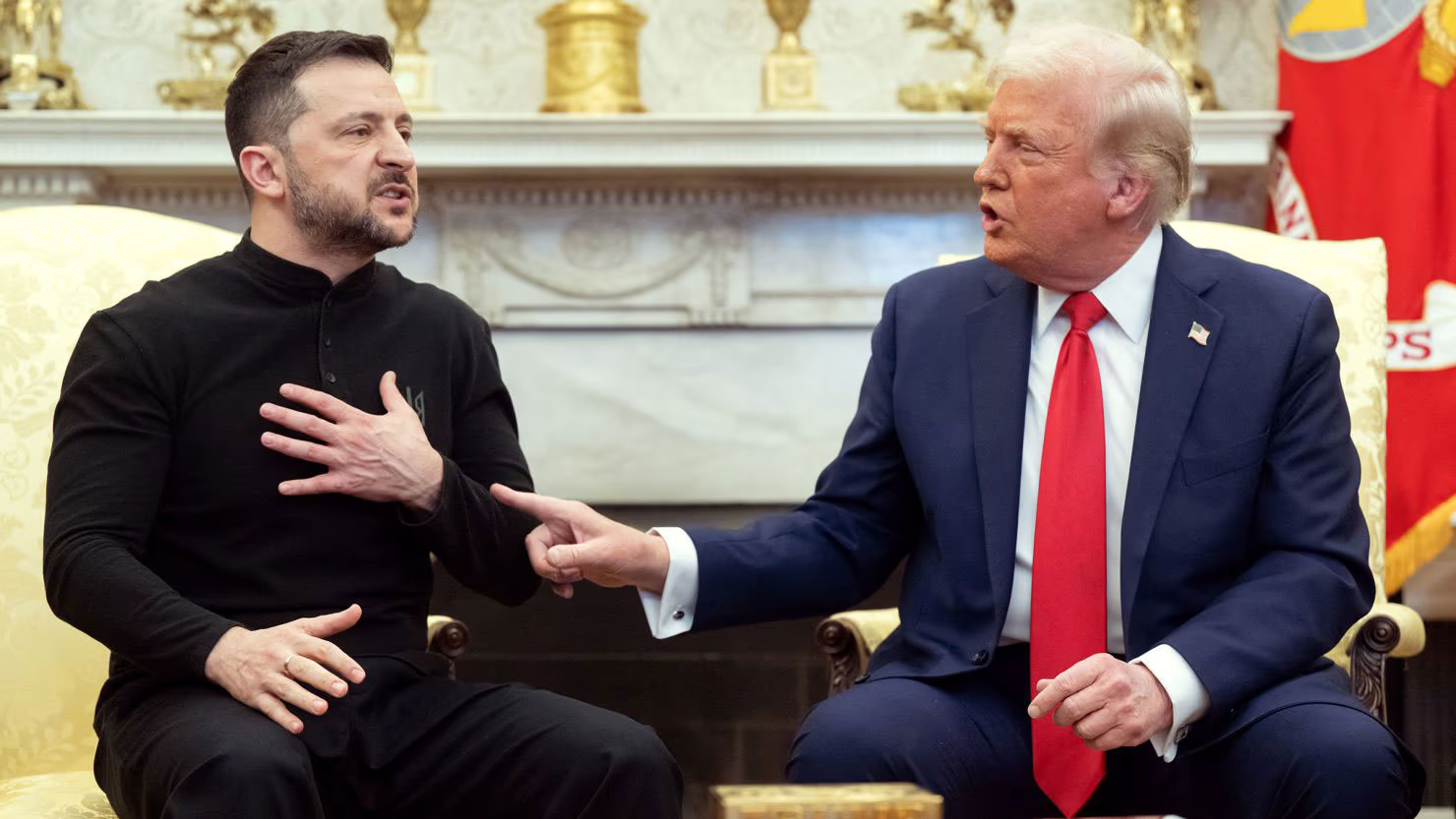
Volodymyr Zelensky and Donald Trump.
Trump was so confident that Putin would accept his terms that he came to see Zelensky as the main obstacle. During their February meeting in the Oval Office, he told the Ukrainian president: "You have no leverage." This was followed by a brief suspension of military and intelligence cooperation with Kyiv—a signal of Washington's seriousness.
Zelensky, unwilling to deepen the rift with the U.S., agreed to a ceasefire. But the Kremlin remained intransigent. Even generous offers—including the restoration of economic ties with the U.S.—were rejected. Talks in Istanbul that spring resulted only in a prisoner exchange. Moscow’s demands remained unchanged: recognition of territorial losses, limits on sovereignty, and rejection of alliances. Without that, even a ceasefire was off the table.
Unpeace
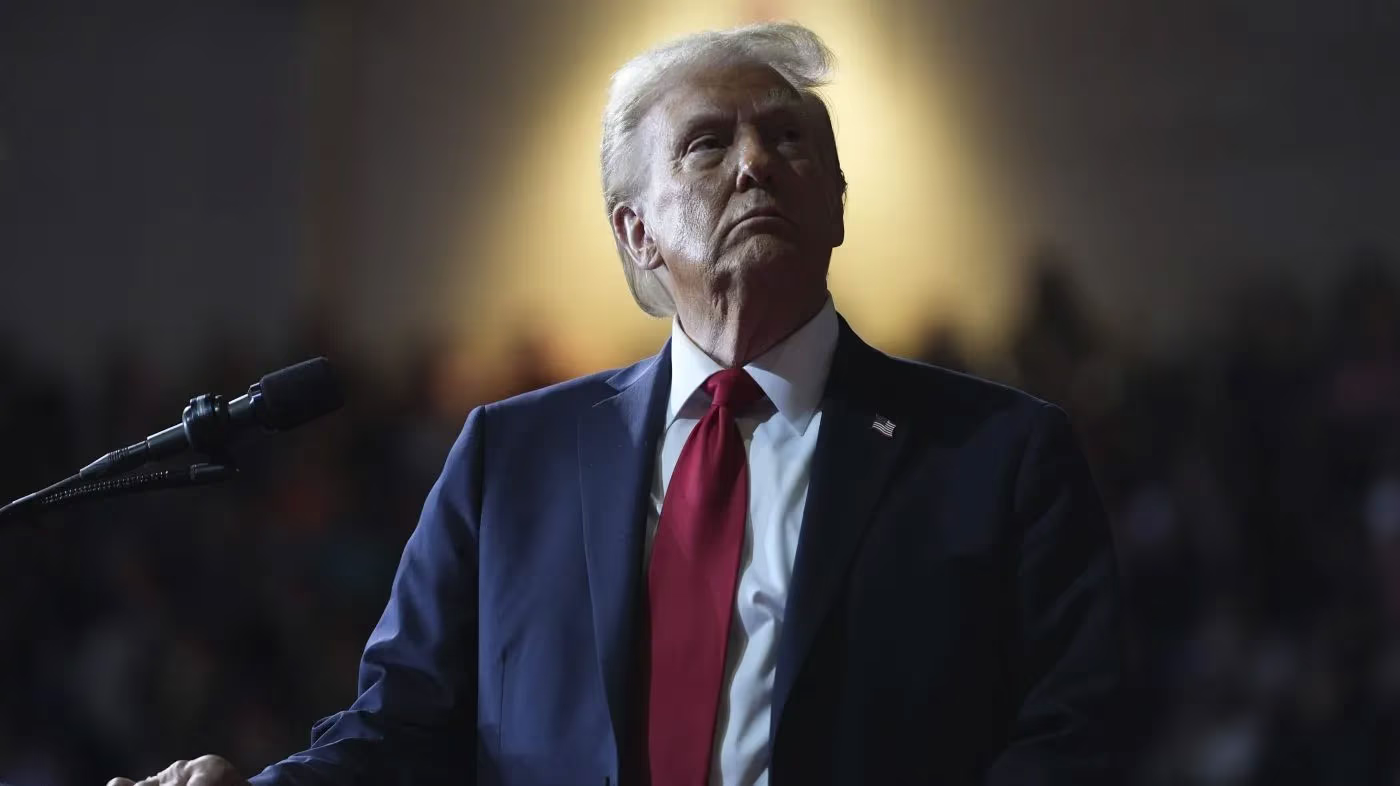
Why Trump’s Peace Plan Is Stalling
Hard Lessons From the 2022 Talks

The Crimea Deal: How the Bloodless Annexation of 2014 Paved the Way for New Concessions to Moscow
As Kyiv Holds the Front, the West Debates Whom to Blame and Where to Cut Costs
The Price of Refusal
For Putin, Ukraine is not just a neighbor—it is part of his political legacy. He sees Ukrainian independence as a threat and seeks to permanently block the country’s path toward the West. Despite the lack of breakthroughs, the Kremlin does not consider the war lost: it is betting on exhausting the enemy through numerical and resource pressure.
The current front line is seen in Moscow as temporary. If left with only partially occupied territory, Russia would inherit an economically unviable and vulnerable zone requiring tight control. Ending the war without achieving core objectives would also trigger dissatisfaction within the elite—especially among ultranationalists, whose expectations the Kremlin itself helped cultivate.
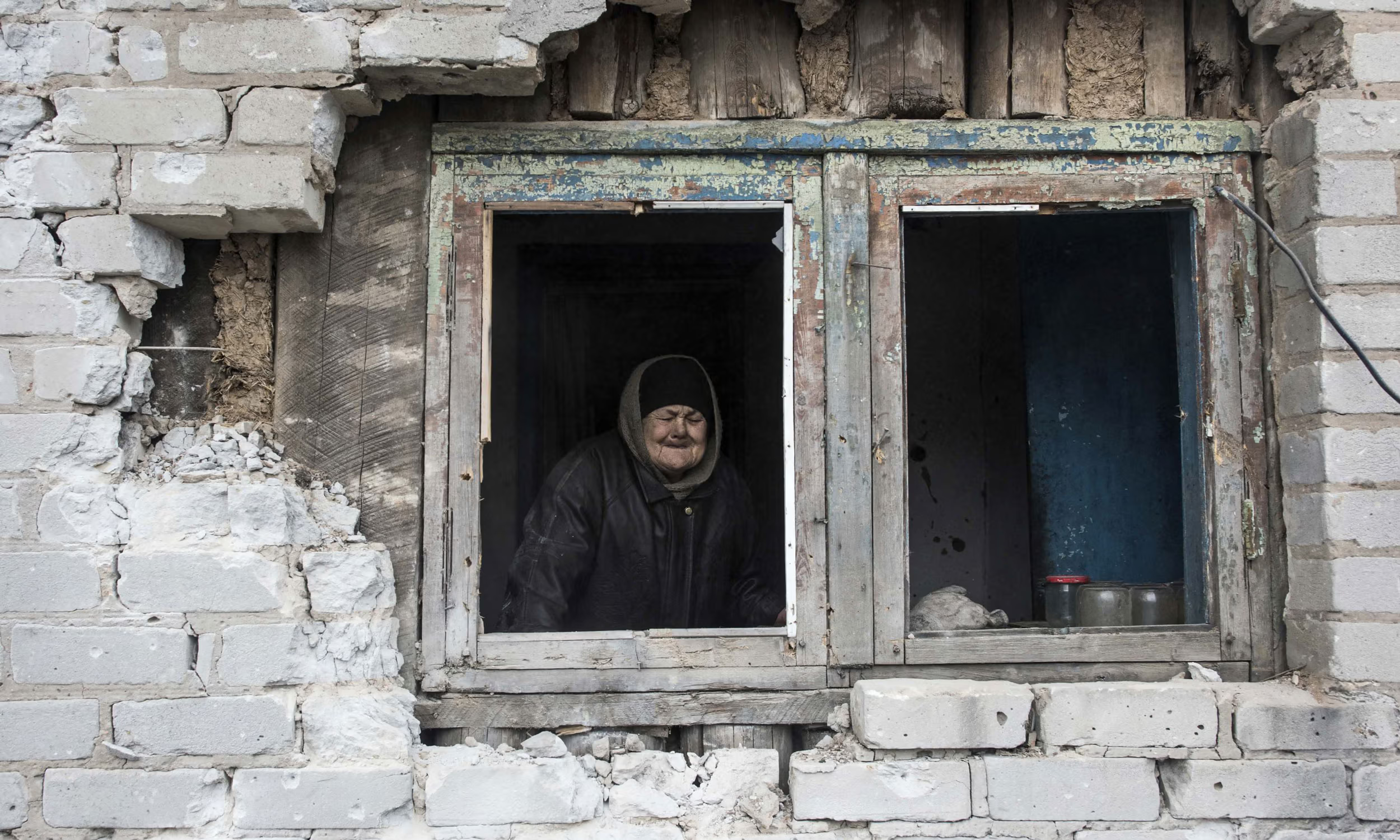
A resident of Avdiivka inside her destroyed home.
There are also international costs. Concessions would damage Putin's reputation in the eyes of partners such as China, Iran, and countries of the "Global South." Russia presents itself as a key player in the global opposition to the West—any retreat would be seen as weakness.
Even partial sanctions relief holds little appeal for the Kremlin. Moscow does not believe that concessions will lead to lasting economic improvement—especially given the positions of the EU and the UK. Trump's promises of "better deals" are met with suspicion.
Putin is unlikely to reconsider his course unless faced with the threat of intensified pressure. But Trump has refrained from using leverage: no harsh sanctions, no restoration of full support for Ukraine. On the contrary, the prospect of Western retrenchment only strengthens Moscow’s belief that a military solution remains viable.
A Balance of Resources
Kyiv believes it has already made the maximum acceptable concessions. Regaining all lost territory in the near future is unrealistic, and NATO membership remains unlikely. Still, Ukraine retains combat capability, continues to defend key cities, and demonstrates its capacity to sustain a long war. European support is growing, and the EU’s defense industry now covers a significant share of frontline needs.
Despite its massive strikes on infrastructure, Russia has failed to achieve a strategic breakthrough. Ukrainian civilians continue to suffer, and air defense systems are not always effective. However, Ukrainian drone attacks—such as Operation “Spiderweb”—have a demoralizing effect in Moscow and disrupt logistics, even if they do not alter the Kremlin’s overall strategy.
Both sides face shortages of ammunition and equipment, but Ukraine’s most critical vulnerability is air defense. Russia, for its part, appears to have lost the ability to conduct maneuver warfare and has shifted to infantry assaults by small units—despite incurring heavy casualties.
Ukraine’s main threat is the dwindling pool of recruits. Authorities have avoided forcibly drafting men aged 18–24, fearing public backlash. Russia, by contrast, continues to replenish its forces using generous financial incentives. The contract system has turned the war into a redistributive mechanism: the poorest regions provide soldiers as long as the state can pay. But even that resource is finite.
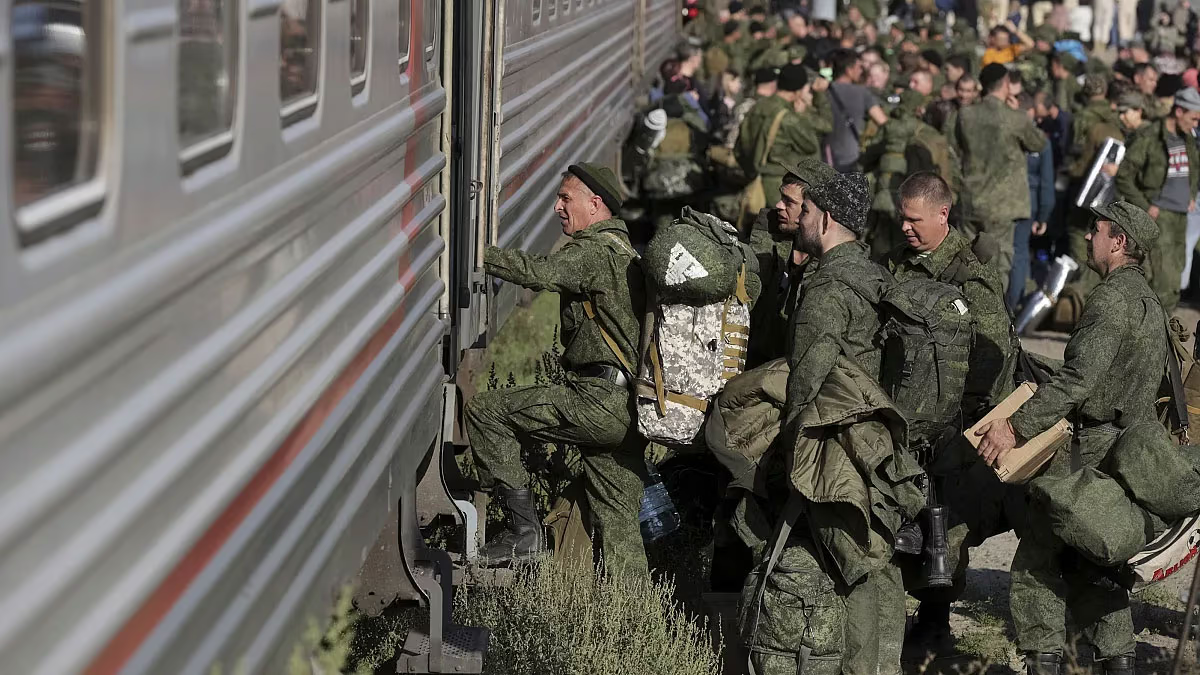
Russian servicemen board a train after signing military contracts.
Russia’s military potential also hinges on the resilience of its economy. For two years, growth was sustained by energy exports, support from China, and expansion of the military-industrial complex. But by late 2024, signs of overheating emerged: inflation, labor shortages, rising interest rates, and declining investment. In 2025, these were compounded by falling oil prices due to a global trade slump triggered by Trump.
A Long War
Ukraine entered 2023 hoping for a breakthrough, but the failure of its counteroffensive and the U.S. Congress’s refusal to approve new aid strengthened Moscow’s confidence in its strategy. The Kremlin insists it is prepared for a protracted war—and is making no effort to signal otherwise. Putin likely still believes that Ukraine will break first, though he consistently underestimates its resilience.
The experience of war shows that political leaders rarely admit defeat as long as their armies hold the line and compromise remains elusive. Neither side has a clear strategy for victory—and that is the essence of a “forever war.” Even a potential ceasefire may simply be a pause before the next phase.
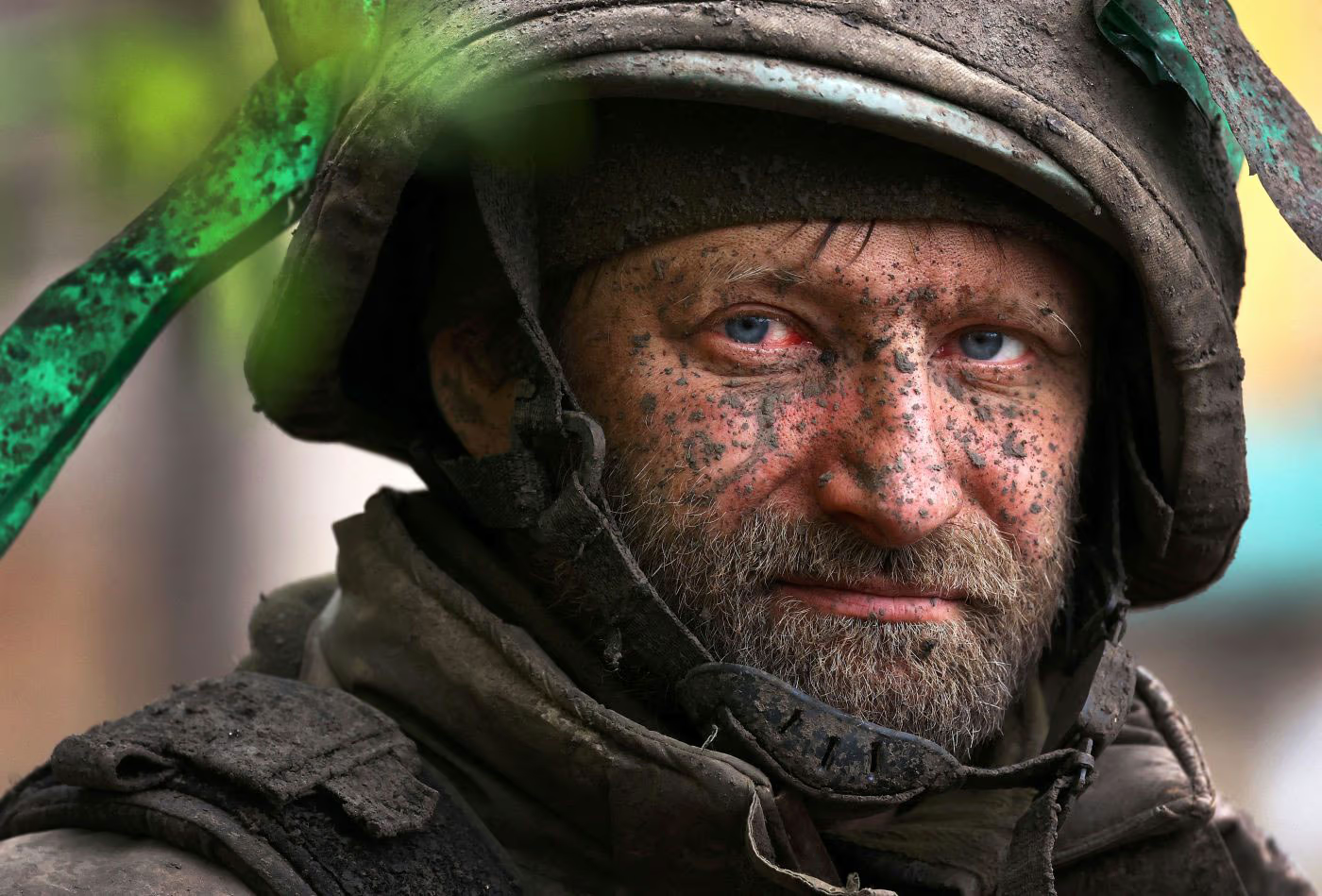
Ukrainian serviceman on the front line.
The outcome depends on decisions yet to be made. Western allies must realistically assess the scale and duration of the support required. Sustained pressure on Russia may prove more effective than ultimatums. Putin has invested everything in this war but achieved little. A complete defeat of Russia still seems unlikely, but a scenario is possible in which the Kremlin realizes that time is no longer on its side. Then the idea of limiting losses may return to the agenda.
Look—This Is What War Looks Like

"Over 40 Explosions in Ninety Minutes"
Russia Launches Its Most Intense Strike on Kharkiv Since the War Began

